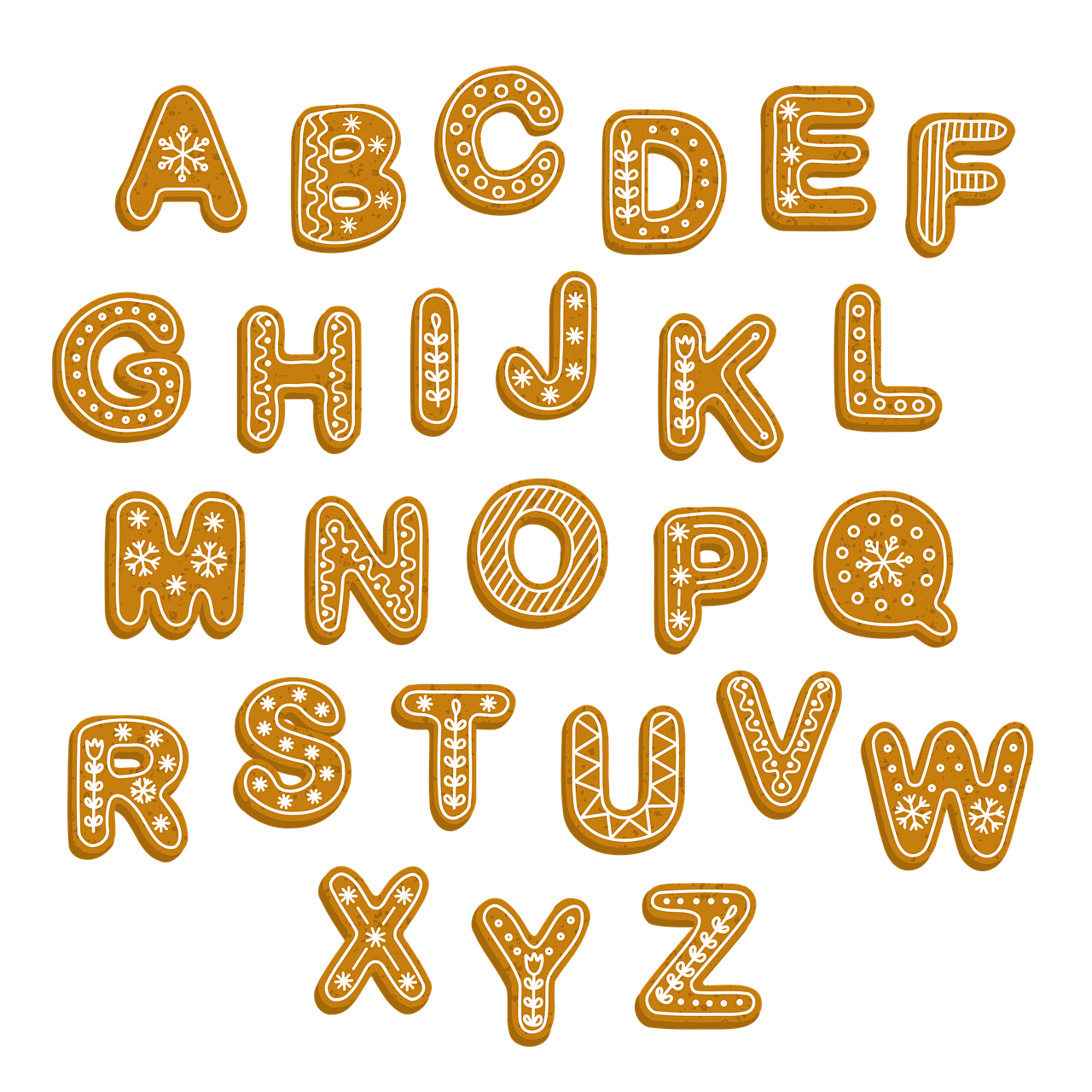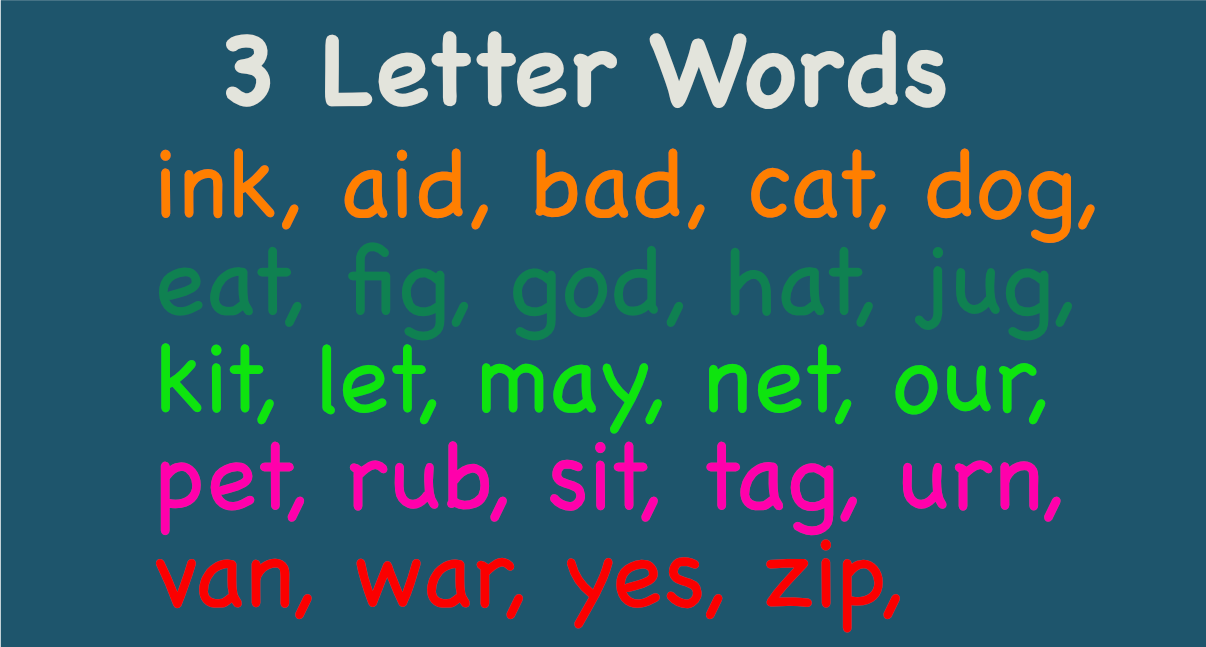
Time management skills are essential for success in school and life. Learn how to teach them to kids from a very young age. This post will guide you in teaching your child time management.
Kids learn by example, so teaching them good time management habits will help them succeed at school and in life.
Contents
Set Up A Daily Schedule
A daily schedule helps children understand what needs to happen when. It also gives them an opportunity to practice self-discipline. If you set up a daily schedule with activities that are fun and interesting, your child will enjoy following it.
Plan Ahead
You should plan out each day so that you have time to complete tasks. This includes planning meals, doing homework, getting ready for bedtime, and other things that need to be done.
Be Organized
It’s easy to become overwhelmed when there are too many things going on at once. If you find yourself feeling stressed, try breaking down your daily schedule into smaller chunks.
Prioritize Tasks
You need to prioritize what needs to be done first. This will help you stay focused and avoid getting distracted by other activities.
Take Breaks
It’s easy to become overwhelmed with too much work to do. To keep yourself organized, take regular breaks throughout the day. If you find yourself feeling stressed out, take a break and walk away from your desk for five minutes.
Teaching your child how to manage time with toys and family activities is a great way to encourage independent thought. Children can learn to understand time management and organize their time better if they have a routine.
For example, when homework is due and a test is looming, it should be done immediately. Other tasks can be left for later. Use creative materials to help differentiate between the two. Setting a consistent bedtime will teach your child to analyze time and learn to wake up early.
Motivating Children To Learn Time Management
There are many ways to motivate children to learn time management. One of the easiest ways is to put a clock at eye level. Clearly label the hour and minute hands with the letter “BEE” or “SNAIL.”
Show them that the minutes move faster than the hours. Explain that time is valuable and should be set aside. For example, if it’s fifteen minutes until lunch, they should clean their toys before the hour hand hits three. This way, they’ll be able to plan ahead.
Teaching children time management can also be done through puzzles. The goal of the task is to complete it in a certain time. A good visual timer can be a sand hourglass. Reward your child for completing the task.
A child must take responsibility for their actions, and failure to do so will delay or affect other activities. The parent must demonstrate responsibility for time management. Parents should also explain how failure to follow this principle will impact other aspects of life.
Another way to motivate children to learn time management with a toddler is to give them rewards. Try to reward them with something that they will enjoy.
A reward for completing a week’s study schedule could be a family movie night. Younger children can practice time management with short tasks like playing board games. If children don’t understand the meaning of priorities, try rewarding them with something that they like. Alternatively, they could get a special treat once a week or when they complete all their tasks.
Teach Kids the Importance of Small Wins
Another effective way to motivate children to learn time management is to teach them the importance of small wins. Even the smallest accomplishment is huge. For children, it’s not just about being able to complete a task but also about moving forward and achieving a goal.
Using visuals, like colorful magnetic calendars and time management worksheets, can motivate children to learn about time management. And by teaching children to manage time well, parents can help them improve their child’s academic performance and make life a little easier.
Keeping A Family Calendar
One of the best ways to keep track of the day’s events is to use a calendar. Calendars can be used to remind adults of appointments, as well as to plan a menu. They can also help children stay on track.
A good calendar can include sections for Monthly Projects, such as Talking to your kids about a Halloween costume and Checking your resolutions. It will be easy for them to see what is coming up.
Another great benefit of calendars for toddlers is that they can help children learn basic calendar concepts. They can also use a calendar to learn other skills such as vocabulary and sequencing.
For example, children can create special birthday cards for people on the calendar, and they can use the calendar to identify interesting words from the month. A family calendar is also a good resource for helping children learn about the days of the week, month, and year.
Another great benefit of a family calendar is that you can share information with other family members. You can make a family calendar for the entire family and have everyone check in to see what’s going on each day. You can use apps for your family calendar to make it more interactive. You can even teach your toddler to check the calendar every day so he or she will know what’s going on. A good family calendar can help you plan your day and stay organized.
Once your calendar is up and running, you can start reminding yourself to check in with the entire family. Make sure you keep the calendar in a prominent location for everyone to see. For example, you might want to keep it on the refrigerator.
Alternatively, you could also place it on your kitchen or dining room wall. When choosing a wall calendar for your family, make sure to select one that is at eye level. You’ll want to make sure that the writing on it is legible and readable. Remember, this calendar is for your entire family to see, so don’t make it too difficult.
Putting Children In Time-Out
When putting children in time-out, be sure to clearly define the targeted behavior. For example, if a child hits a person, “you will be in time-out.” Similarly, if the child arrives home late, putting him in time-out means that he will be allowed to stay home until 5:00 p.m.
To avoid conflict, avoid arguing with your child while he is in time-out. Instead, try using a kitchen timer with a bell. Set the timer for the duration of the time-out and tell your child to sit still until the bell rings.
Putting children in time-out is an excellent way to control time in a family. Make sure the space is convenient and monitored, and keep it out of reach of other children and pets.
Depending on the age of the child, you may want to use a chair, a floor mat, a chair, or a bottom step. Whenever possible, name the place so that your child doesn’t mistake it for a playroom.
Depending on the age of your child, a two-to-five minute time-out is effective. A longer time-out isn’t necessary, as kids can easily switch from boring activities to interesting ones. The ideal time-out period is two to five minutes long, or up to 10 minutes long.
The length of time-out depends on the age of the child, but studies suggest that two-to-five minutes is effective for a two-year-old.
When putting children in time-out, make sure to explain the rules and procedures. If the child won’t stay in one place, he will splay his body and move to another part of the room. The time-out will end when he responds, but a child who stays in the time-out spot for longer than expected is unlikely to get into real trouble.
Keeping Time For Play
Keeping time for play with a toddler is an important practice for parents. It doesn’t have to be elaborate or a big chunk of time. Just spend some time each day with your child. Although some toddlers enjoy playing on their own, others need a bit more guidance.
In such situations, you can set up a structured activity or a few hours where your toddler can play independently. The following activities are great ways to keep your toddler occupied and entertained.
First of all, make sure that your child has a variety of toys. Using a basket filled with toys with different textures will help stimulate your child’s interest.
If you want to encourage independent play, leave out empty egg cartons, toilet paper tubes, pinecones, and other curious objects for your toddler to find. This will spark their curiosity and help them learn. In addition to keeping a large variety of toys, you can also leave out a basket full of interesting items.
Final Thoughts
Time management is an essential skill not just for child development but in life in general. There is no better time to start instilling a solid sense of time in your child than when they are still young and tender and their minds are still malleable. Find age by age resources for teaching your kids time management.



